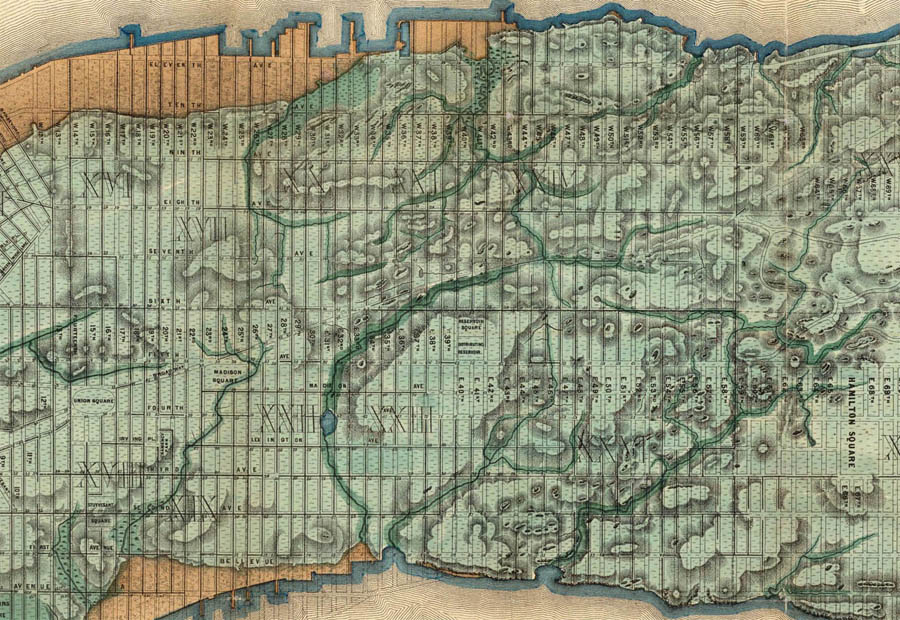 [Part Two of a series whereby, either through coincidence or nostalgia for breakfast, I steel myself determined to delve into the odd convergence of three foodstuffs and their history-laden packaging. Bear with me, and I think you too will be struck by the uncanny dignity of American canning. This content recycled from my now mothballed website, excitablemedia.com.]
[Part Two of a series whereby, either through coincidence or nostalgia for breakfast, I steel myself determined to delve into the odd convergence of three foodstuffs and their history-laden packaging. Bear with me, and I think you too will be struck by the uncanny dignity of American canning. This content recycled from my now mothballed website, excitablemedia.com.]
The roots of the Morton Salt company trace back to 1848, when a group of agents for the Onondaga Salt Interest got together in Chicago to usher in a new era of salt distribution. They called themselves Richmond & Company until a daunting figure named Joy Morton, the governor's son, bought a controlling interest and renamed the business after himself. So it went for half a century.
By the end of the Victorian era, the Morton establishment knew they had broken new ground. At the time the biggest saline contaiment problem was "clumping," the fact that whenever the humidity reached a certain threshold great balls of salt would form inside the containment cylinder, and as any food service provider knows, one of the most frustrating things in the world is trying to pour clumps through small preforations. But crafty Morton engineers discovered that if you added magnesium carbonate into the mix, salt would pour even in the most humid climes. They knew their salt innovation would change the world, and the company felt that it was time to claim a distinctive brand identity.
Thus they decided to launch a marketing campaign worthy of the Quaker Oatmeal Quaker, and the hot summer of 1910 found the Morton salt marketing team sitting in their black suits around a conference table, brainstorming names and slogans for their cutting edge brand.
Young George Harriman suggested the first slogan, "Even in rainy weather, it flows freely," but the committee thought it too cumbersome, despite or perhaps because of its clear statement of the facts.
The group worked through the night, sculpting and molding their syntax. Phrases like "flows freely" and "runs freely" hung in the air like cartoon ballons, but all were rejected due to urination connotations. Finally Young Harriman came through again, pulling out from his think pot his grandmother's salty old adage, "It never rains, but it pours." At last they had a winner, or so they believed . . .
The team pitched the slogan to old man Morton the very next day, beading sweat while he mulled it over, watching as he pulled three times at his handlebar mustache before emitting his famous retort: "Too negative. A revolution demands positivity." Heads nodded quickly in agreement, and the brain trust went back to work, coming up with the enduringly upbeat slogan that still appears today: "When it rains, it pours." The ad campaign went national the next month in Good Housekeeping magazine, the slogan placed alongside an illustration of a young girl holding an umbrella, and a salty legend was born.
That much is certain. But the more pertinent question is one of salt's great mysteries. Why is the Morton girl so recklessly pouring salt onto the ground? At the time salt was a precious commodity, and to pour it evenly onto the ground was considered lunacy, a sure sign of madness. Surely the girl's inscrutable expression provides no clue: Whether she is thinking of chocolate, mulling a musical ditty, or reliving a long forgotten memory is irrevelant, but if the weather in the girl's world is anything like the weather in Saint Paul today, I say she's pouring salt onto the sidewalk in order to melt the walkway ice for passers-by to come.
Next time you drizzle salt onto the stoop steps, glance down at your salt containment bag; chances are you'll find the Morton Umbrella Girl standing there, dancing gently to some internal melody. O! Salt spirit, you walk before me, braving the slips and stumbles of the ice-caked cobblestones so that I may walk in peace alongside my kin and all their roommates, our feet planted firmly on the ground. Lead us, Salt Girl, as we walk rainclouded into history.

















































